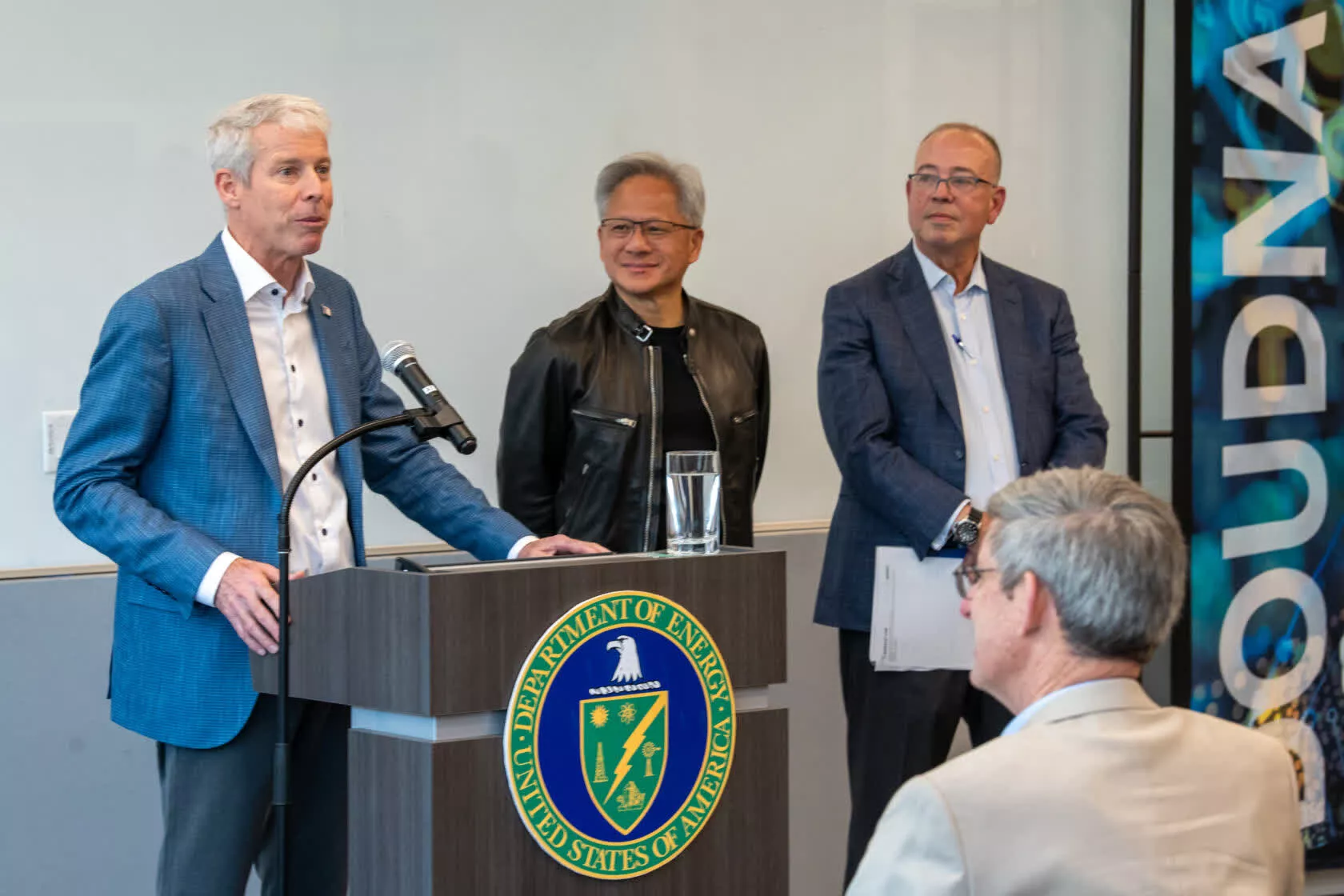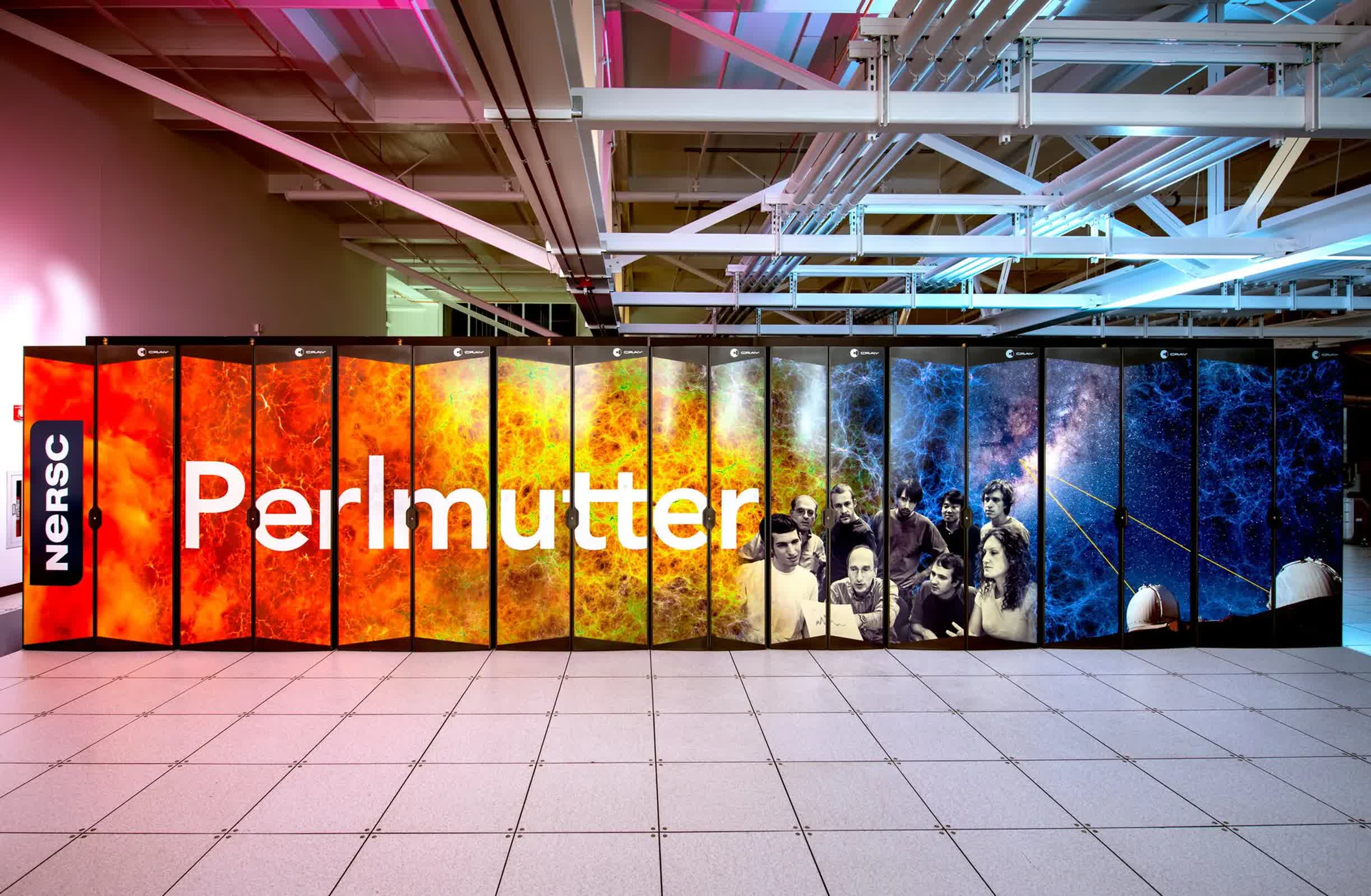What just happened? The Department of Energy has announced plans for a new supercomputer designed to significantly accelerate research across a wide range of scientific fields. The initiative highlights the growing convergence between commercial AI development and the computational demands of cutting-edge scientific discovery.

The advanced system, to be housed at Lawrence Berkeley National Laboratory and scheduled to become operational in 2026, will be named "Doudna" in honor of Nobel laureate Jennifer Doudna, whose groundbreaking work on CRISPR gene editing has revolutionized molecular biology.
Dell Technologies has been selected to deliver the Doudna supercomputer, marking a significant shift in the landscape of government-funded high-performance computing.
While companies like Hewlett Packard Enterprise have traditionally dominated this space, Dell's successful bid signals a new chapter. "A big win for Dell," said Addison Snell, CEO of Intersect360 Research, in an interview with The New York Times, noting the company's historically limited presence in this domain.
Dell executives explained that the Doudna project enabled them to move beyond the longstanding practice of building custom systems for individual laboratories. Instead, they focused on developing a flexible platform capable of serving a broad array of users. "This market had shifted into some form of autopilot. What we did was disengage the autopilot," said Paul Perez, senior vice president and technology fellow at Dell.

The Perlmutter supercomputer at the National Energy Research Scientific Computing Center at Lawrence Berkeley National Laboratory.
A defining feature of Doudna will be its use of Nvidia's Vera Rubin platform, engineered to combine the strengths of traditional scientific simulations with the power of modern AI. Unlike previous Department of Energy supercomputers, which relied on processors from Intel or AMD, Doudna will incorporate a general-purpose Arm-based CPU from Nvidia, paired with the company's Rubin AI chips designed specifically for artificial intelligence and simulation workloads.
The architecture aims to meet the needs of the laboratory's 11,000 users, who increasingly depend on both high-precision modeling and rapid AI-driven data analysis.
Jensen Huang, founder and CEO of Nvidia, described the new system with enthusiasm. "Doudna is a time machine for science – compressing years of discovery into days," he said, adding that it will let "scientists delve deeper and think bigger to seek the fundamental truths of the universe."
In terms of performance, Doudna is expected to be over 10 times faster than the lab's current flagship system, making it the Department of Energy's most powerful resource for training AI models and conducting advanced simulations. Jonathan Carter, associate lab director for computing sciences at Berkeley Lab, said the system's architecture was shaped by the evolving needs of researchers – many of whom are now using AI to augment simulations in areas like geothermal energy and quantum computing.
Doudna's design reflects a broader shift in supercomputing. Traditional systems have prioritized 64-bit calculations for maximum numerical accuracy, but modern AI workloads often benefit from lower-precision operations (such as 16-bit or 8-bit) that enable faster processing speeds. Dion Harris, Nvidia's head of data center product marketing, noted that the flexibility to combine different levels of precision opens new frontiers for scientific research.
The supercomputer will also be tightly integrated with the Energy Sciences Network, allowing researchers nationwide to stream data directly into Doudna for real-time analysis. Sudip Dosanjh, director of the National Energy Research Scientific Computing Center, described the new system as "designed to accelerate a broad set of scientific workflows."
Dell, Nvidia, and Department of Energy join forces on "Doudna" supercomputer for science and AI